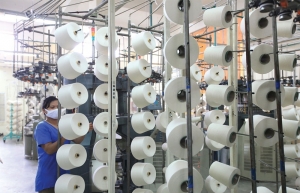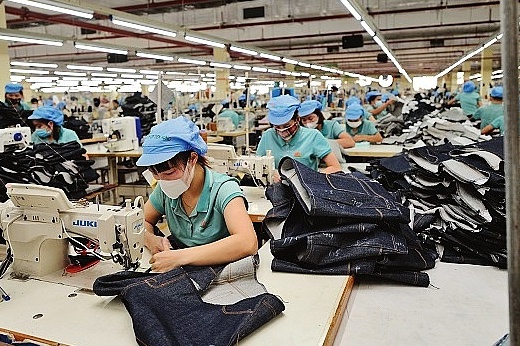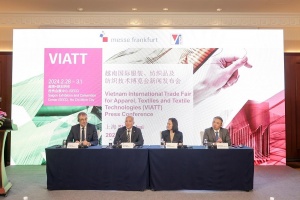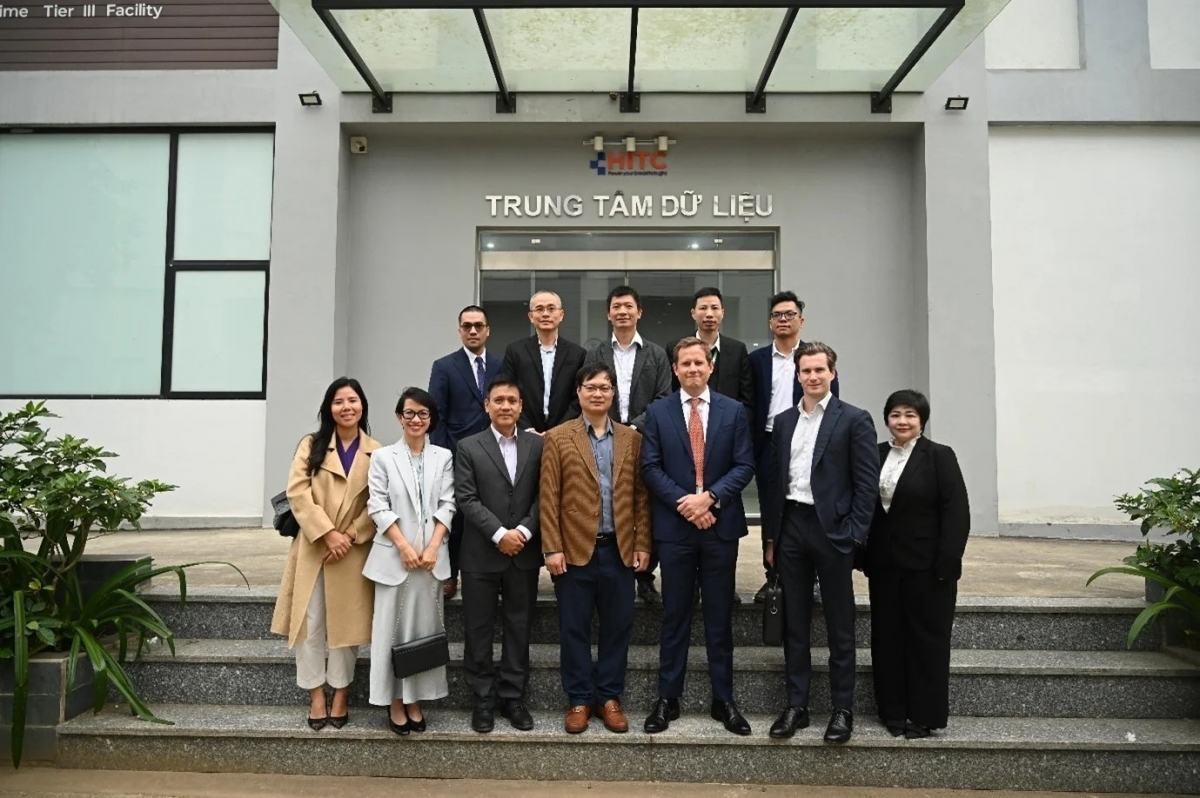INTERNATIONAL INVESTMENT
AND PORTAL
Vu Duc Giang, chairman of the Vietnam Textile and Apparel Association (VITAS), told VIR that the US was making moves to cut interest rates, thereby stimulating consumer demand, and expanding import demand. Vietnam continues to be chosen by American groups to place orders with an increasingly diverse list of goods.

“The position of Vietnamese textiles and garments in the US market is still maintained with stable orders, and brands still highly appreciate the quality of Vietnamese textiles and garments,” he said, while admitting that the sector was facing increasing competition from other markets.
He set out his concerns following the latest analysis from Viet Dragon Securities released last month, which shows that Vietnam’s textile industry is gradually losing its edge in the US and domestic markets.
“According to a survey conducted by the United States Fashion Industry Association (USDFIA) on comparing competitive advantages among countries in the US, the higher the score, the better,” the report said. “Currently, Vietnam has a higher total score than China and Bangladesh, indicating that Vietnam has a higher competitive advantage. However, compared to 2020, only Vietnam and China have decreased in score, while other countries are gradually increasing.”
According to VITAS, in the first six months of 2024, the US market still accounted for half of Vietnam’s garment and textile exports, followed by Japan and the EU. However, like other developed markets, the US has been preparing strong regulations related to labour, environment, and manufacturers’ responsibilities, which domestic producers must follow to meet policies on green growth and circular economy.
Pham Van Viet, chairman of Viet Thang Jean, said, “Exporting to the EU means bearing high shipping costs, leading to orders to dip, so many businesses have shifted their focus to exporting to the US.”
Viet added that it has been more favourable for many other businesses in the industry to come to the US in recent times. His company is also shifting the market to the US, with orders until September 2024. However, businesses have to compete on price with Bangladesh, leading to low export prices.
Viet Dragon Securities pointed out that compared to China, Vietnam is evaluated more favourably as having fewer social risks. Adjusted scores also indicate that Vietnam has a higher advantage. Additionally, surveys of suppliers in the US show a trend of shifting away from China.
“In the long term, we expect Vietnam’s garments and textiles to gradually capture market share from China,” the report noted.
Between now and 2030, it expects the industry to grow at a higher rate than the global compound annual growth rate of 4 per cent, due to capturing market share from China in the US market. Companies with a high proportion of export revenue to the US, such as TNG and MSH, will benefit.
The USDFIA reported that compared to Bangladesh, Vietnam has advantages in terms of large port systems, geographical location, and the ability to produce a diverse range of high-value products such as vests, winter coats, and swimwear, while Bangladesh mainly produces basic T-shirts. However, Bangladesh’s scores are improving due to increasing diversification. The value of Bangladesh’s exports to the US is also increasing, indicating improvements in the US market.
To ensure sustainable development, Giang from VITAS said the main solution for the textile industry would come from investing in sustainable development, and developing science and technology, and human resources.
“Critical developments include attracting high-tech weaving and dyeing projects to industrial parks, investing in the production of new materials of natural origin, digital transformation, and evolving the fashion and textiles. Greening is an absolutely inevitable trend of the local industry,” Giang added.
 Garment and textile groups cracking on with orders
Garment and textile groups cracking on with orders
Despite woes from domestic and export markets, garment and textile businesses have been excited to start production in the new lunar year, finding out new opportunities and markets to reach the goals set forth.
 70,000 garment and textiles job cuts since January
70,000 garment and textiles job cuts since January
According to a report of the Ministry of Labour, Invalids and Social Affairs (MoLISA) released on June 5, workers in the garment and textile sector suffered the most from a series of job cuts in the first five months of this year, with 70,000 workers losing their jobs and 66,600 having their working hours reduced.
 Vietnam's garment and textile companies eye sustainable products
Vietnam's garment and textile companies eye sustainable products
Companies seek to diversify supply chains to tap into opportunities from a wide range of new-generation free trade agreements and an increasing flow of investments into the local market.



















